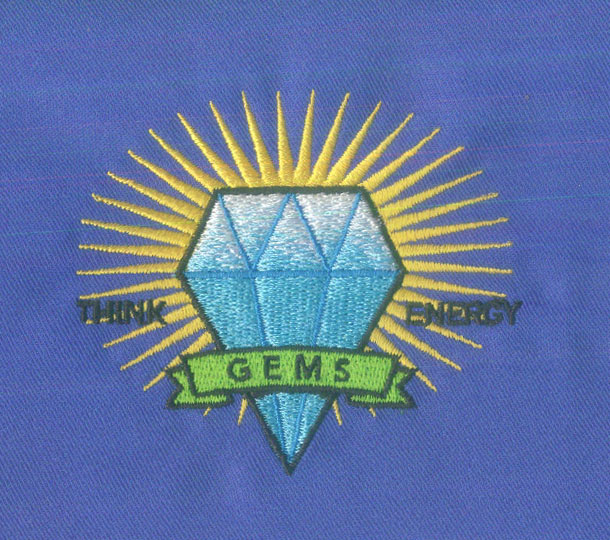Vector Art File Formats: Choosing the Right One for Your Project
In the realm of digital design, the choice of file format can make or break the success of a project. When it comes to vector art, where precision and scalability are paramount, selecting the right file format becomes an art in itself. In this article, we embark on a journey through the world of vector art file formats, deciphering the nuances that differentiate them and providing insights into choosing the perfect format for your creative endeavors.
Understanding Vector Art
Before we delve into the complexities of file formats, let's first grasp the essence of vector art. Unlike raster images composed of pixels, vector graphics are based on mathematical equations that define shapes and lines. This unique characteristic allows vector art to be infinitely scalable without losing quality, making it the go-to choice for logos, illustrations, and designs where clarity and precision are non-negotiable.
Common Vector Art File Formats
SVG (Scalable Vector Graphics):
SVG stands out as a versatile and widely
supported vector file format. Its XML-based
structure makes it human-readable and easy to edit with a simple text editor.
SVG files are ideal for web design, logos, and icons, as they can be scaled
without loss of quality and are compatible with various web browsers.
AI (Adobe Illustrator):
Developed by Adobe, the AI format is specific
to Adobe Illustrator. It preserves all the layers, paths, and effects created
in Illustrator, making it the preferred choice for designers working within the
Adobe ecosystem. AI files are editable and can be exported to other formats as
needed.
EPS (Encapsulated PostScript):
EPS is a versatile vector file format that
encapsulates both vector and raster elements. It is widely used in print design
and is compatible with various design software. EPS files can store complex
vector graphics, making them suitable for logos, illustrations, and layouts.
PDF (Portable Document Format):
While often associated with documents, PDFs can also embed vector graphics. PDF files are widely used for sharing designs, especially in the print industry, as they maintain the integrity of vector elements. PDFs can be opened and edited using various software, providing flexibility in collaboration.
Choosing the Right Format for Your Project
Web and
Digital Design:
For projects focused on web and digital
design, SVG is often the format of choice. Its scalability and browser
compatibility make it perfect for icons, logos, and other graphics that need to
adapt to different screen sizes while maintaining crispness.
Print
Design:
When working on projects destined for print,
EPS and PDF formats are highly recommended. These formats encapsulate both vector and raster elements, ensuring that the design
retains its quality when transferred to print media. Additionally, PDFs offer
the advantage of being universally accessible and editable.
Adobe
Ecosystem:
If you're working extensively with Adobe
Illustrator, the AI format is the natural choice. It preserves all the
intricate details of your design, including layers and effects, making it easy
to collaborate with other designers using Adobe software.
Interchangeability
and Collaboration:
When collaboration is key, consider the interchangeability of file formats. PDFs, being universally accessible, can serve as a common ground for sharing designs across different software and platforms. This becomes especially crucial when collaborating with clients or colleagues who may use diverse design tools.
Conclusion
In the dynamic world of digital design, the
choice of vector art file format is a decision
that significantly impacts the outcome of a project. Understanding the
strengths and use cases of different formats allows designers to make informed
choices based on the specific requirements of each endeavor. Whether you're
crafting a logo for a website, an illustration for print, or collaborating
within the Adobe ecosystem, the right vector art file format is the key to
unlocking the full potential of your creative vision. So, as you embark on your
next design adventure, let the choice of format be a conscious and informed
step towards achieving perfection in every pixel and vector line.



